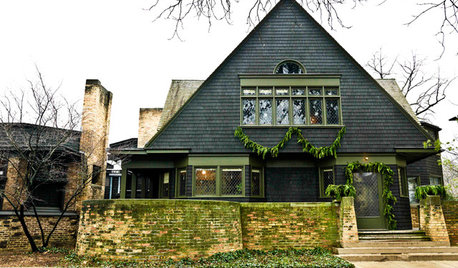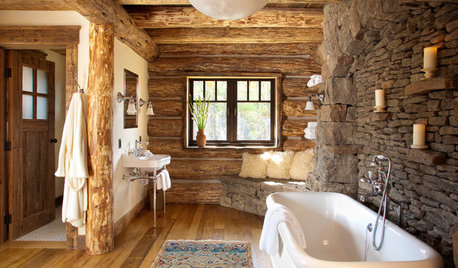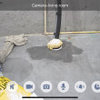RadonSeal - Any Experiences?
benbrew
18 years ago
Featured Answer
Sort by:Oldest
Comments (18)
alexander3_gw
18 years agoRelated Professionals
Harvey General Contractors · Marinette General Contractors · New Baltimore General Contractors · Prichard General Contractors · Seabrook General Contractors · American Fork Architects & Building Designers · Doctor Phillips Architects & Building Designers · Fairfax Flooring Contractors · Federal Way Flooring Contractors · Greenville Flooring Contractors · Johnson City Flooring Contractors · Miami Flooring Contractors · Pearland Flooring Contractors · South Lake Tahoe Flooring Contractors · Troy Flooring Contractorssweet11395
18 years agosweet11395
18 years agorw2003
18 years agosweet11395
18 years agoalexander3_gw
18 years agofyii
17 years agoduckman2405
17 years agonancy47
17 years agoshellysp
16 years agologic
15 years agopengu1n
15 years agoaaroni
14 years agojaimeisi_hotmail_com
13 years agoworthy
13 years agoshimspace_yahoo_com
13 years agoBrad
5 months ago
Related Stories

LIFEFrom the Wild, Home: Elements of a Landscape of Experience
See how simplicity, mystery and lessons from nature can help you create a rich garden experience at home
Full Story
URBAN GARDENSExperiments Aplenty Fill Vancouver Edible Garden
Lush and brimming with test landscape plantings, a Canadian garden appeals to the eye and the palate
Full Story
SHOP HOUZZShop Houzz: The Perfect Cheese Board Experience
Make entertaining a breeze with a fabulous cheese board setup
Full Story
LIFEThe Good House: An Experience to Remember
A home that enriches us is more than something we own. It invites meaningful experiences and connections
Full Story
MOST POPULARExperience the Holidays at Frank Lloyd Wright's Home and Studio
Handmade decorations, greenery and gifts show how the famed architect and his family celebrated Christmas in their Oak Park home
Full Story
DESIGN PRACTICEDesign Practice: How to Ensure the Best Client Experience
Pro to pro: Learn about standard procedures to make clients happy and things easier on you
Full Story
MORE ROOMSHow to Get a Big Movie Experience In a Smaller Space
Take a lesson from the fabrics, color and sound systems found in over-the-top media rooms
Full Story
FEEL-GOOD HOME10 Essentials for Enjoying a Spa-Like Experience at Home
These ingredients will help create a bathroom setting conducive to relaxation
Full Story
THE ART OF ARCHITECTUREExperience Your New Home — Before You Build It
Photorealistic renderings can give you a clearer picture of the house you're planning before you take the leap
Full Story
ARCHITECTUREWorld of Design: A Tokyo Exhibit Experiments With the Future of ‘Home’
Japan’s architects and housing industry explore new ideas for dwellings that respond to changes in society, tech and the natural world
Full Story







benbrewOriginal Author